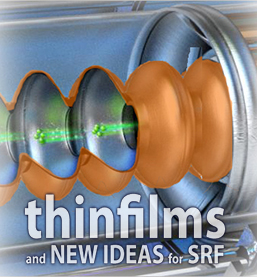Speaker
Description
We report evidence for counter current flow in superconductor-superconductor (SS) bilayers from depth-resolved measurements of their Meissner screening profiles using the low energy muon spin rotation (LE-$\mu$SR) technique. In these experiments, the implantation depth of the muons can be tuned/adjusted/controlled between ${\sim 10}$ nm and $\sim 150$ nm, below the surface, wherein their spin-precession reveals the field distribution inside the material (communicated via their radioactive decay products). Here we studied two prototypical SS bilayers [Nb-Ti-N(50 nm)/Nb and Nb-Ti-N(80 nm)/Nb] and compared the Meissner screening profiles obtained from LE-$\mu$SR against Kubo's counter current flow model, as well a naive (bi)exponential model. From fits to Kubo's model, we obtain a magnetic penetration depth for the thin Nb-Ti-N layers of $\lambda_\mathrm{Nb-Ti-N} = ({201 \pm 4})$ nm, in good agreement with literature values. In contrast, a naive exponential model overestimates the $\lambda_\mathrm{Nb-Ti-N}$ value by a factor of two, suggesting that it is inappropriate for quantifying $\lambda_\mathrm{Nb-Ti-N}$ in the SS bilayer. This also indicates that the surface current is suppressed by the counter current flow in the bottom superconductor. Our result suggests that SS bilayers are a viable means of overcoming the theoretical field limit of Nb.

